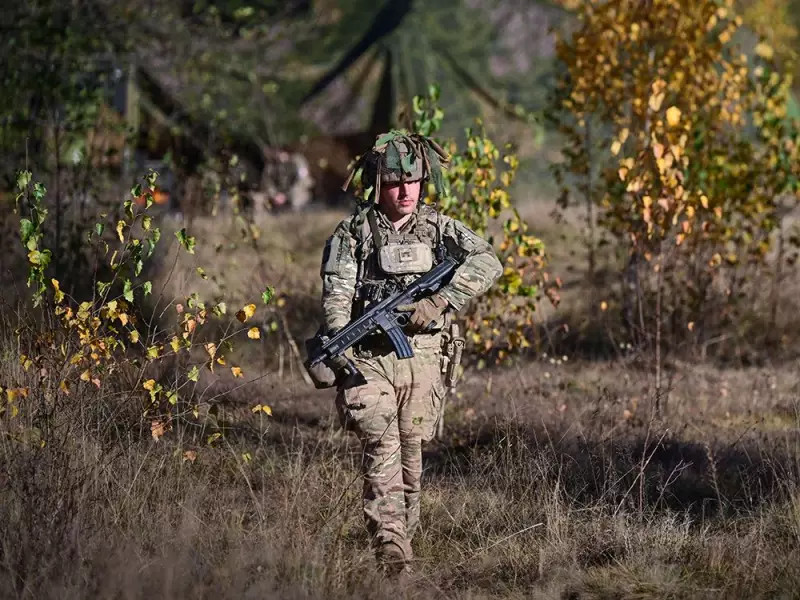
In a powerful demonstration of collective defense, NATO has launched its most significant military exercise in decades along Europe's eastern flank, directly challenging Russian aggression with an unprecedented show of force. The Steadfast Defender 2024 maneuvers represent the alliance's largest war games since the Cold War, involving approximately 90,000 troops from all 31 member nations.
The massive deployment spans from the Baltic Sea to the Black Sea, with troops, aircraft, and naval assets converging across strategic locations including Poland, the Baltic states, and Germany. This comprehensive exercise aims to validate NATO's new defense plans, which were specifically developed to counter potential Russian threats following Moscow's invasion of Ukraine.
Testing the Alliance's War-Fighting Capabilities
NATO officials emphasize that Steadfast Defender serves as a crucial test of the alliance's ability to rapidly reinforce frontline states. The exercises simulate real-world conflict scenarios, including repelling an invasion and protecting critical infrastructure. "This is a clear demonstration of our unity, strength, and determination to protect each other," stated a senior NATO commander during the exercise launch.
The timing of these war games is particularly significant, coinciding with the second anniversary of Russia's full-scale invasion of Ukraine and ongoing debates about Western military support for Kyiv. The exercises send an unmistakable message to Moscow about NATO's readiness to defend every inch of allied territory.
Multinational Cooperation on Display
What makes Steadfast Defender particularly noteworthy is the scale of international coordination. Forces from across the Atlantic are joining European counterparts, with the United States deploying thousands of troops and sophisticated equipment. The exercises incorporate:
- Advanced air defense systems deployment
- Amphibious landing operations
- Long-range precision strike capabilities
- Cyber warfare defense protocols
- Logistical supply chain testing under combat conditions
Military analysts note that these exercises represent a fundamental shift in NATO's posture from deterrence to active war-fighting preparedness. The alliance is explicitly practicing how it would respond to a large-scale conventional conflict, marking a departure from decades of focusing primarily on counter-insurgency operations.
Regional Security Implications
For Eastern European nations, particularly Poland and the Baltic states, these exercises provide tangible reassurance amid growing security concerns. The region has watched with apprehension as Russia continues its campaign in Ukraine, fearing they could be next in Moscow's expansionist ambitions.
The drills also test critical infrastructure, including the Suwałki Gap—a narrow strip of land between Belarus and Kaliningrad that represents NATO's most vulnerable point. Securing this corridor is essential for maintaining land connections between the Baltic states and the rest of the alliance.
As NATO soldiers train across snow-covered training grounds, the geopolitical message is clear: the alliance stands united and prepared to defend its eastern frontiers against any potential aggression. The scale and complexity of Steadfast Defender 2024 underscore how seriously NATO takes the current security environment in Europe.





